Architecture as a science emerged from Man’s humble need for shelter. ‘home’ is the purest form of design. However, modernized the skin, the spirit of a home is its timelessness, where architecture transcends fashion. Beyond a room with sturdy walls, a roof, a window, a hearth, all else is luxury
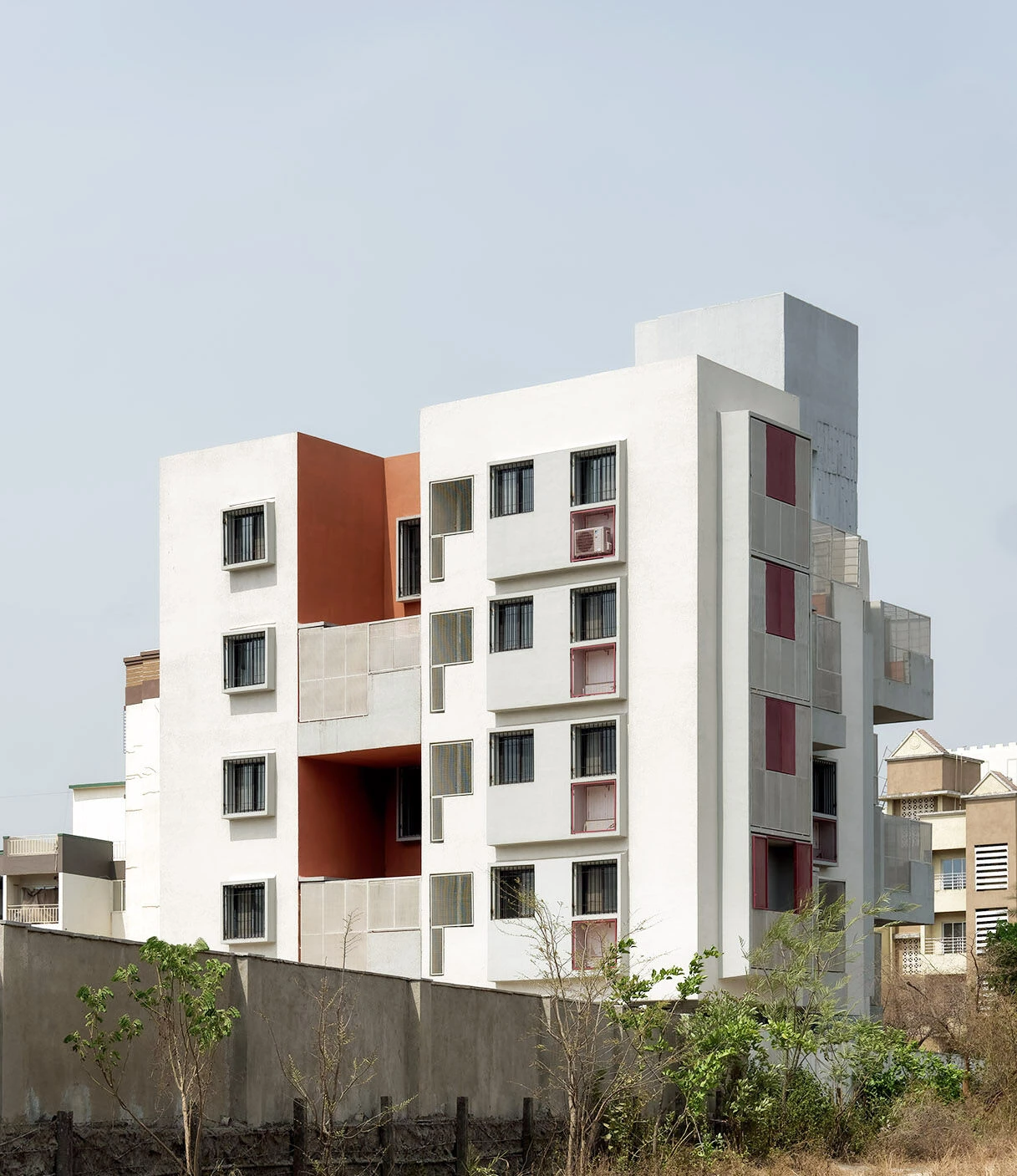
Vivoli is an affordable housing scheme that has evolved as a response to the current housing problems in Mumbai. The current typologies offer matchbox-type apartment units with a lack of light ventilation, stagnant space planning, and oblique community interaction.
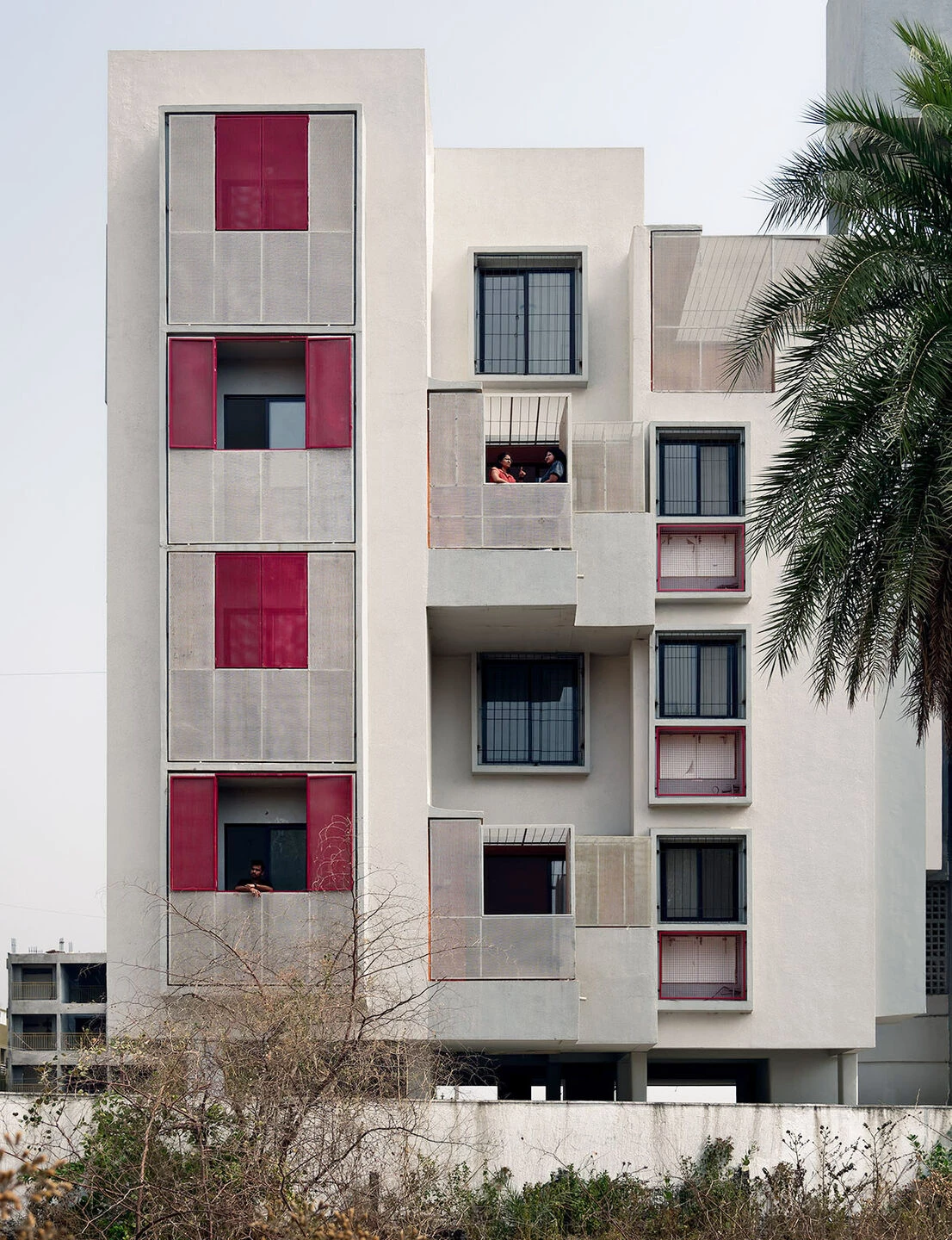
Vivoli is an ‘environment of spaces’, enclosed, semi-open and open. These spaces construct an opportunity for numerous activities at different times of the day in the house and in the community.” It offers multifunctional spaces within the single unit where the user can create different living patterns based on different times of the day avoiding the stereotypical jail cell-like flats that people are forced to buy. Instead, it offers a place that fosters community living in apartments that behave like houses.”
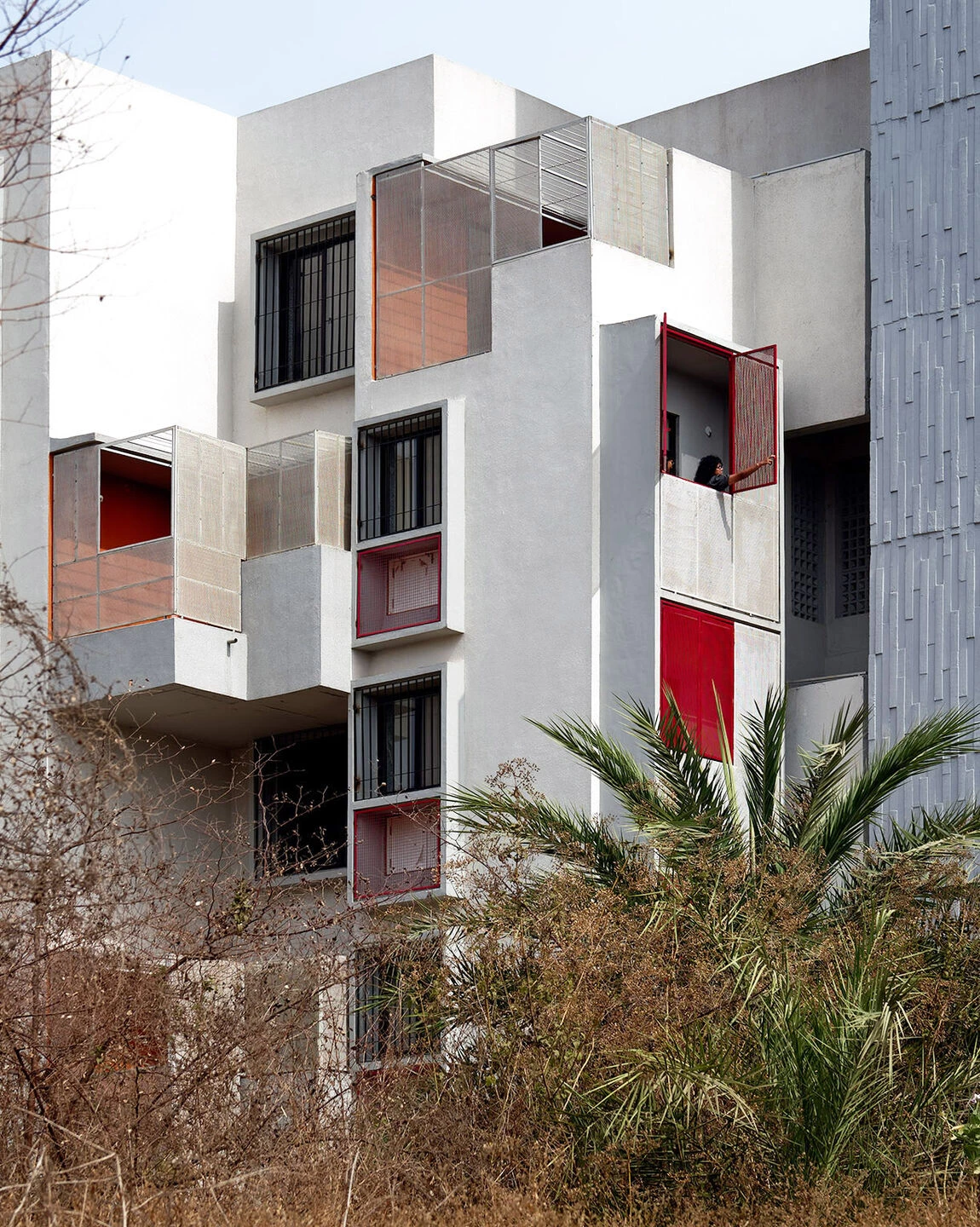
Vivoli is divided into two phases. Phase 1 is a collection of 16 interlocking L-shaped housing units. Each unit creates a unique typology for an affordable home and offers a modern lifestyle to middle-income and lower-middle-income groups.
Unit plan
Conceptually the unit plan is based on two principles
a. Open Plan
The plan functions as an open pavilion leading to multifunctional spaces and compact service cores (kitchen and toilet)
b. Economical form

Comparing a square and a rectangle enclosing the same area we derive that a square requires a lesser perimeter, making it a more economical form for construction.
The single unit forms an L-shaped house within the square measuring 7.36m x 7.36m. It is planned around a double-height terrace garden, where the living room (3.03m x 3.86m) and Bedroom (3.03m x 3.86m) both open into this garden. The terrace garden helps in maximizing the activities of the living and sleeping areas based on different timings of the day. The kitchen, bath, and toilets are planned diagonally to the terrace garden with adequate ventilation. Separate niches are planned for fridges and washing machines which can be alternatively used as storage.
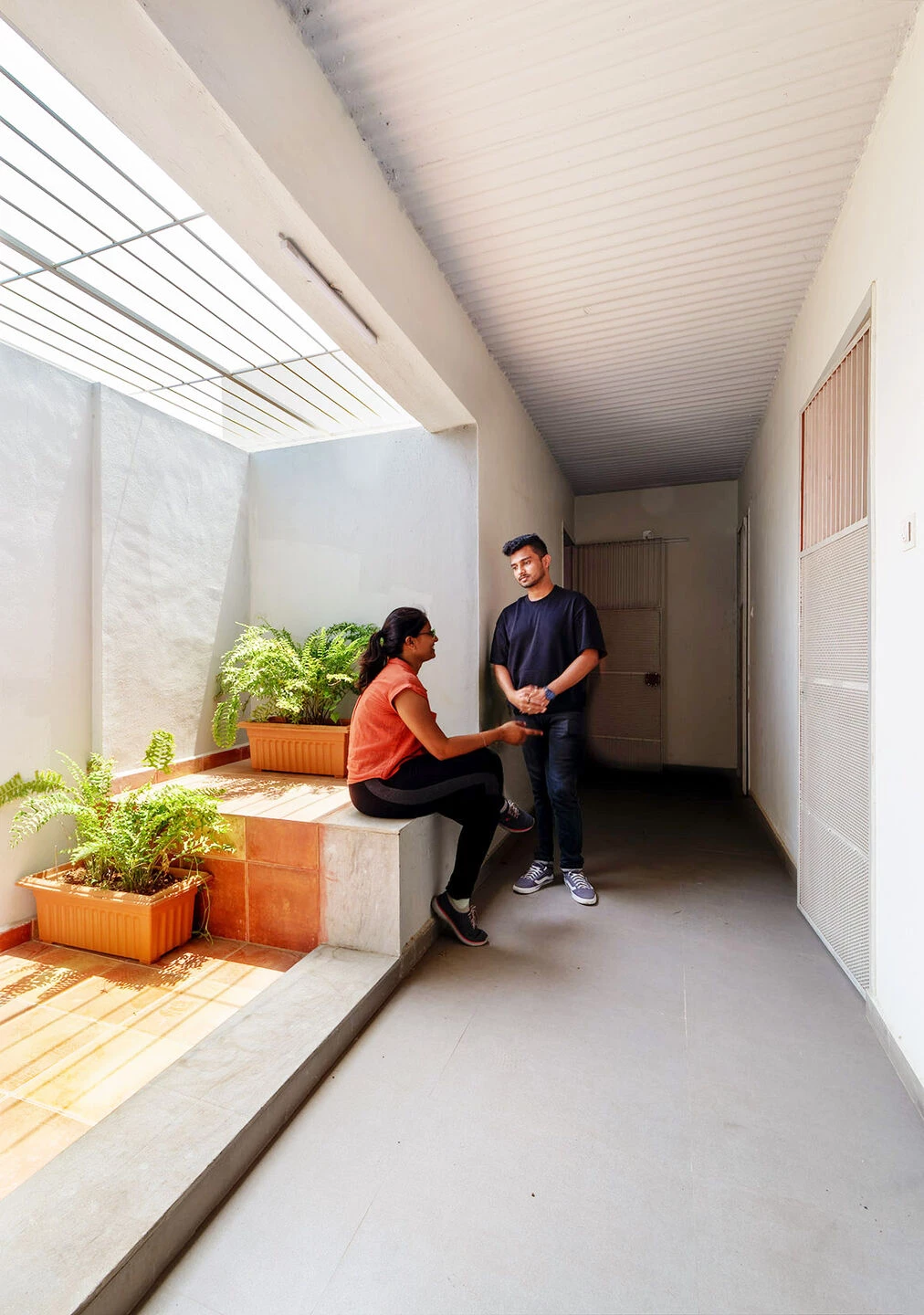
Climate has been woven into the realms of a home. The single unit itself, through its very form and orientation, creates the ‘controls’ that the user needs. The terrace garden creates a microclimate of its own which allows comfortable daylighting conditions and ample scope for cross-ventilation within the rooms. The external walls of the garden are painted tan orange to minimize glare and foster a sense of domesticity within the spaces. The terrace garden also functions as an additional room to reinforce the identity of the users. A painter or a musician can easily set up the terrace garden in his own private studio.
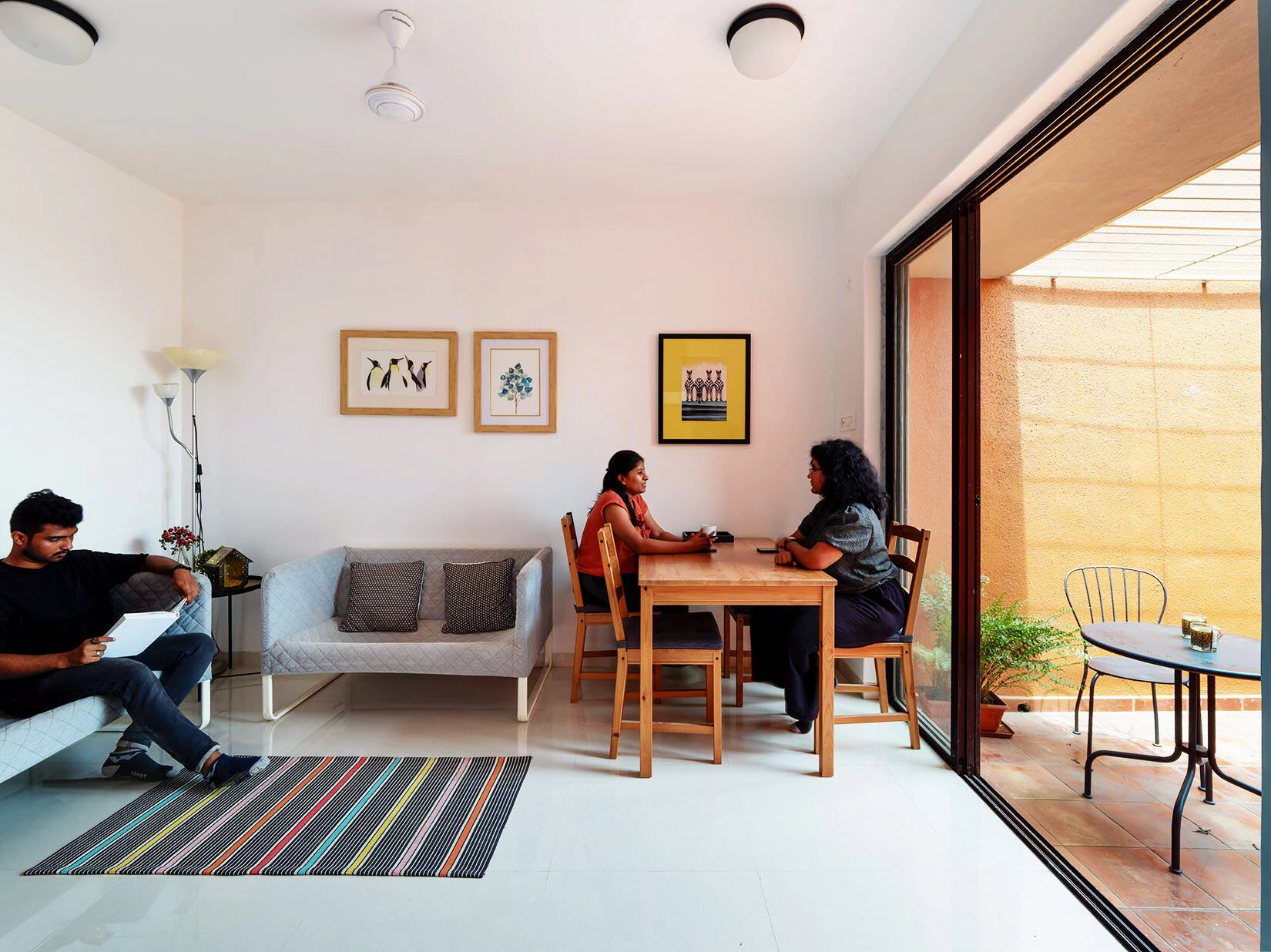
Floor plan
Each floor plan is a collection of four interlocking L-shape units out of which one is a two-bedroom unit, derived from the L-shape plan. All four units are connected by a 1.46m wide corridor sealed with a concrete screen with chamfered openings of different sizes, to protect the corridor from birds, rain, and sun. The chamfered openings on the concrete screen help to keep the corridors cool in summer and dry in the monsoon.
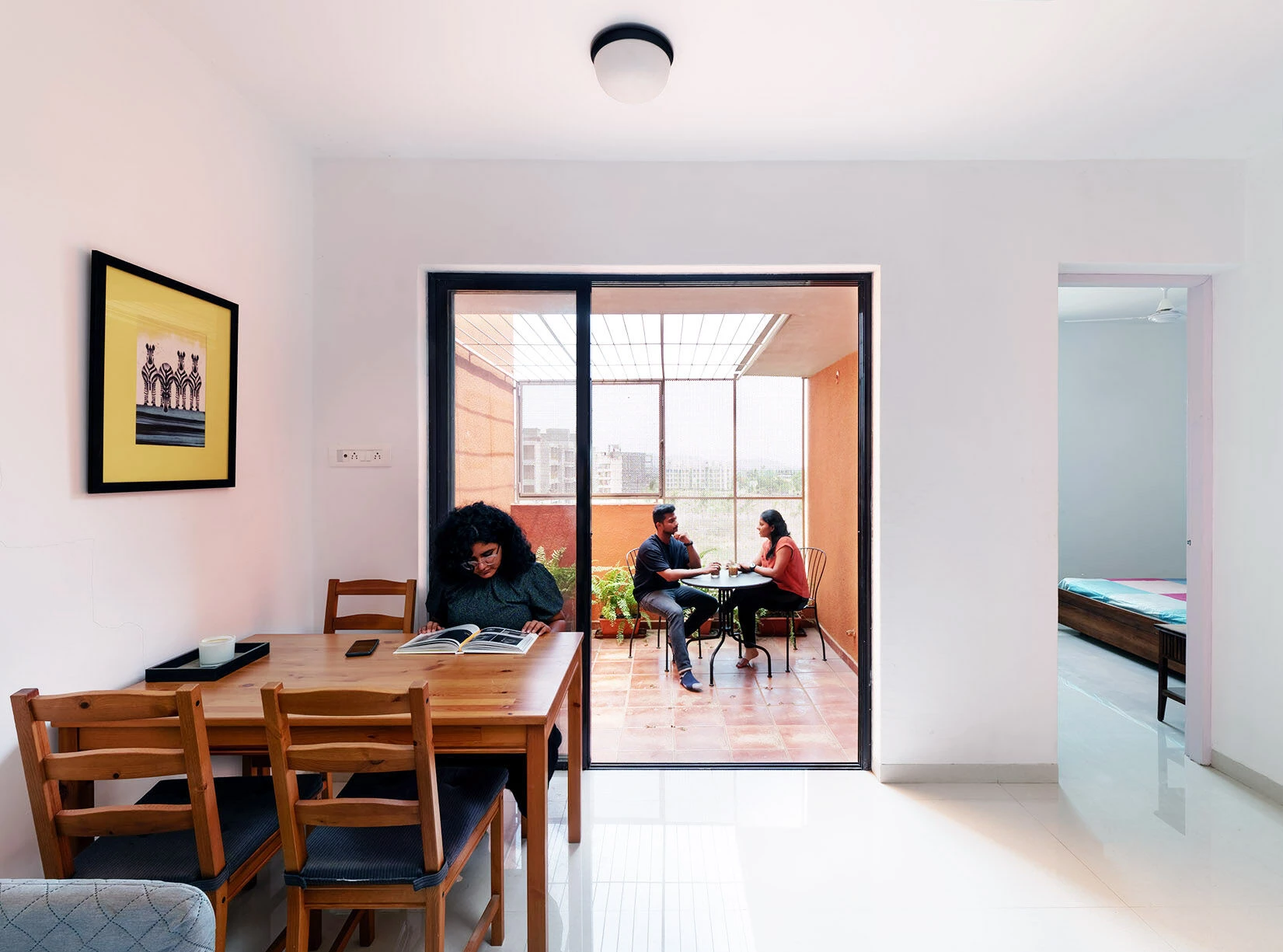
The common spaces of the building are treated as public spaces of the apartment where the senior citizens and the kids can refuge and create their own pocket spaces to socialize and play. The landing of the staircase extends at alternate levels creating pause points with plants and natural light. The corridor spaces are flanked by pocket courts for kids to study or play in groups.






























































